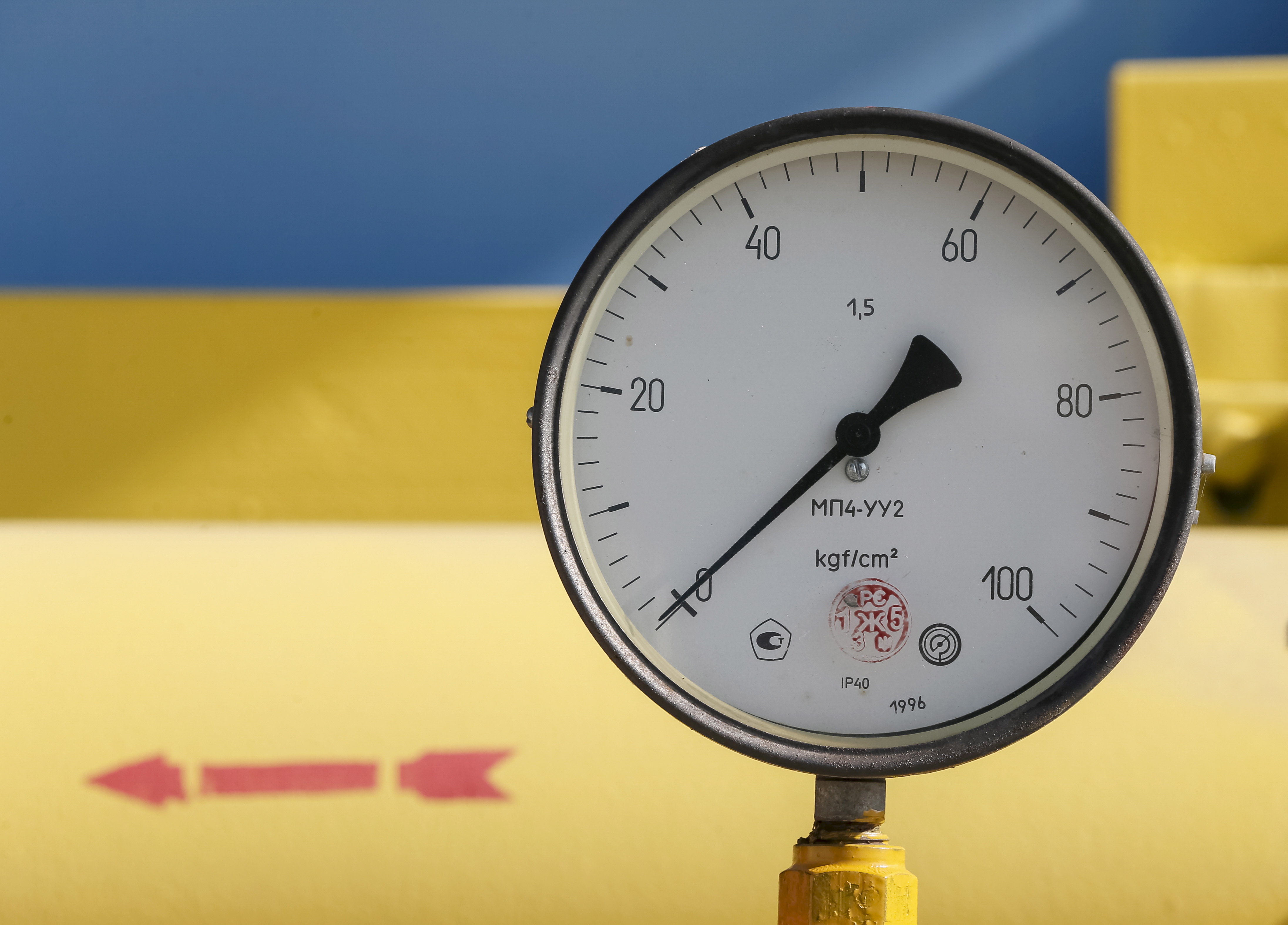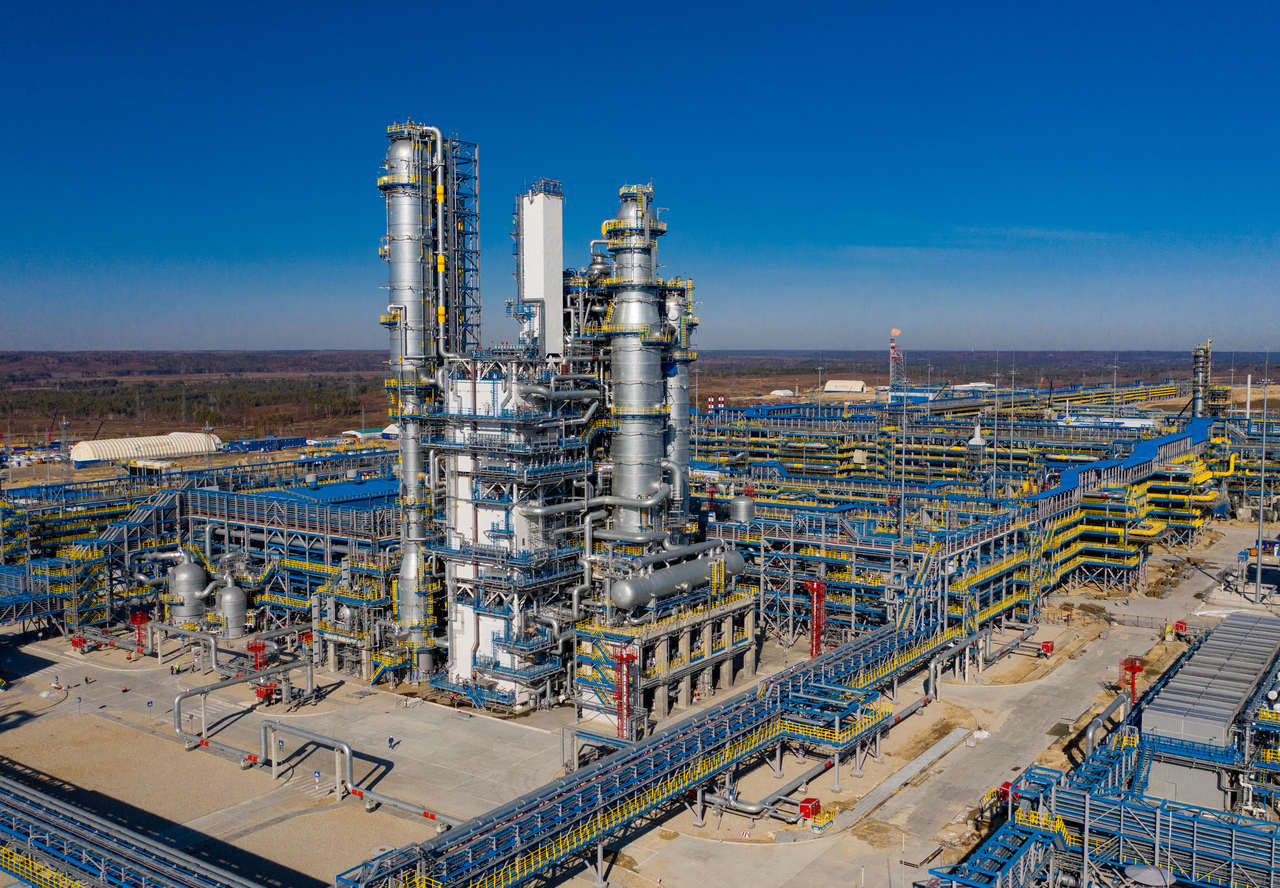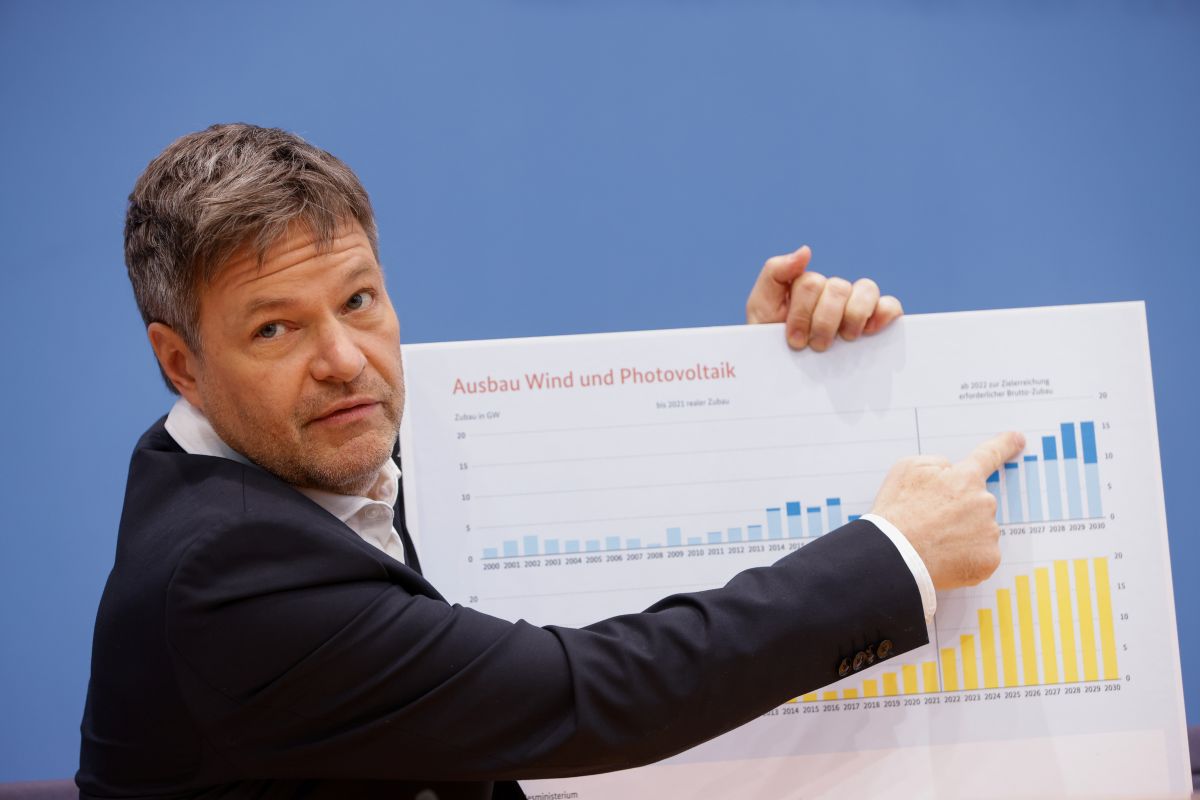Russia's Use of Gas Blackmail Against the EU
Russia has cut gas supplies to the EU to force concessions on the status of Donbas and the security architecture in Europe, leading to a deeper energy crisis in the EU. If these supplies are stopped, which is unlikely, LNG imports probably would be insufficient to meet the demand. With Germany halting certification of the Nord Stream 2 (NS2) gas pipeline, Russia is likely to keep supply levels low, risking a more serious energy crisis in winter 2022/23 due to difficulties in building up sufficient gas stocks over the summer.
 Foto: Gleb Garanich/Reuters/Forum
Foto: Gleb Garanich/Reuters/Forum
EU Vulnerability to Russian Gas Blackmail
Around 89% of the gas consumed in the EU comes from outside it, and the depletion of further domestic fields is exacerbating its dependence on imports. The largest supplier is Russia, which provides the EU with about 160 bcm of gas annually, which meets 35% of its needs. Over 90% of this gas comes from pipelines, although the role of Russian LNG, which is transported in other ways, is gradually increasing.
The Ukrainian transmission system has the largest capacity to move gas from Russia to Europe at 146 bcm (although only 37.5 bcm were used in 2021). The second-largest pipeline is Nord Stream (1), which has a technical capacity of 55 bcm (actual use in 2021 was 58 bcm). The Yamal pipeline running through Poland can transport 33 bcm (26.5 bcm used in 2021). The European pipeline, Turk Stream, in turn, can send 15.75 bcm of gas (12.1 bcm used in 2021). In addition, Russia exports around 5 bcm directly to the Baltic states. Altogether, the existing infrastructure is able to deliver more than 150% of Russia’s existing gas exports to the EU, making the new and yet to be commissioned NS2 pipeline with a capacity of 55 bcm economically redundant.
Gas demand in the EU is seasonal, with the highest demand—exceeding potential supply—occurring in the winter season. To ensure continuity of supply from April to October, gas is injected into storage facilities and then pumped out in winter. The level of gas stored before the heating season usually is 85%-98%, but in 2021 it was only 77%. The reason for this was the limited global supply and increasing consumption due to the economic recovery after the pandemic restrictions, as well as the use of gas for political purposes by the Russian government.
Russia took advantage of the difficult market situation to try to force the EU to make concessions on a new security architecture in Europe, the settlement of the conflict in Donbas, and the certification of NS2. To this end, Gazprom reduced the injection of gas into storage facilities it owns in the Union in mid-2021, and in the last quarter of 2021 reduced supplies to European customers to the minimum specified in long-term contracts. In October 2021, it suspended the operation of the electronic sales platform (ESP, average 17 bcm per year). The volume of gas transported through Ukraine in January 2022 fell to 53.7 mcm per day (equivalent to 20 bcm per year), and through the Yamal pipeline to zero. Poland receives its supplies of Russian gas through a reverse connection with Germany.
Scenarios
For Russia to achieve its political goals, maintaining the current level of supplies is the most likely scenario. This likely will lead to further increases in gas prices, which would ensure profitability for Gazprom. A decrease in exports could also be financially acceptable for the Russian government (taxes and duties on gas account for about 6% of budget revenues). This would be possible thanks to the large reserves accumulated in the National Welfare Fund (about $180 billion). Considering the current level of gas in storage facilities, the EU would be able to survive until the end of this heating season without having to reduce demand. Maintaining the current supply of gas from Russia, however, would result in an increase in gas prices, which would impact EU economies (resulting in inflation, economic slowdown). It would also make it more difficult to build up gas reserves for the following season. The countries of Central and Eastern Europe, particularly Ukraine, would then be most vulnerable to a gas deficit.
Restoration of pre-crisis supply levels would be possible if tensions between the U.S./EU and Russia decrease. Gazprom could increase supplies through its existing infrastructure, but Russia prefers to use NS2 first as it would enable it to meet the EU demand while eliminating transit through Poland and Ukraine and allowing Russia to use gas blackmail against Ukraine. Germany’s halting of NS2 certification on 22 February in response to Russia’s recognition of the “people's republics” significantly reduces the chances of this scenario.
The least likely scenario is the suspension of gas supplies to the EU because it would be a clear breach of long-term contracts—and Russia cares about meeting them—and it would entail prestige and financial losses (from reduced sales revenues and penalties). If the Russia-Ukraine conflict escalates, on the other hand, it is very likely that deliveries through Ukraine will be stopped. Then, a serious gas deficit would affect Ukraine, Moldova, and Slovakia.
Responses to Gas Shortages
Gas supply in the EU could be increased by extending the exploitation of the Dutch Groningen field, which is planned to be closed in mid-2022 due to seismic risk. This would reduce the gas deficit in Belgium, the Netherlands, and parts of France and Germany. Increasing supplies from Norway was ruled out by the country’s prime minister, who pointed to a lack of available production capacity. The LNG liquefaction capacities of the largest suppliers (Australia, Qatar, U.S.) are also almost fully utilised. Despite this, the U.S. and the EU have made diplomatic efforts to secure additional supplies to Europe. On 28 January, President of the European Commission Ursula von der Leyen and U.S. President Joe Biden issued a joint statement on securing LNG supplies to the EU, which was confirmed during the summit of the U.S.-EU Energy Council on 7 February. The U.S.-EU efforts resulted in the Japanese government’s decision to cede part of its LNG supplies to the EU. As of December 2021, the EU is also the largest buyer of U.S. LNG, although this is due to market factors.
However, the challenge will be how to send imported LNG from the west of the EU to the east. Import terminals are mainly located in Western Europe and the pipeline network between EU members is insufficient. For example, from the Iberian Peninsula to France, only about 6 bcm of gas can be transmitted annually. In Central Europe, only Poland, Lithuania, and Croatia have LNG terminals, which have a total capacity of 12.6 bcm.
In case of the inability to obtain gas from outside Russia, it is possible to reduce consumption in the EU, particularly in the energy sector. Coal-fired power stations are currently restricted by the EU’s climate objectives, but may be able to cover part of the electricity demand. Some gas-fired power plants may also be converted to burn liquid fuels. Delaying the shutdown of Germany’s last nuclear reactors could further inhibit a potential increase in gas demand of up to 5 bcm per year, but this option is unlikely due to the determination of the German authorities.
Conclusions and Outlook
Concessions by NATO and EU states on Russian proposals for a new security architecture in Europe and settlement of the conflict in Donbas could end the energy crisis in the short term, however, it would increase the risk of similar blackmail being used in future to achieve other political goals and would deepen Europe’s dependence on Russian gas.
Suspension of gas supplies from Russia is unlikely, even in the event of a wider Russian invasion of Ukraine and the introduction of sanctions by the EU and U.S. The most realistic outcome, especially in response to the halt in NS2 certification, is that Russia will maintain current levels of gas exports, resulting in a deeper energy crisis in 2023. To mitigate the consequences of that, the EU should continue its efforts to obtain additional LNG shipments. To limit the increases in energy costs, the EU could release additional CO2 emission allowances from the Market Stability Reserve in case of increased use of coal and liquid fuels.
To increase the EU’s resilience to Russian gas blackmail, the Union should increase investment in LNG terminals, especially in Central and Eastern Europe, and infrastructure interconnections. It is also necessary to reduce the share of gas in the EU energy mix. To this end, it is desirable to increase expenditure on increasing energy efficiency (thermal modernisation, smart grids) and investments in renewable and nuclear energy. It would also be beneficial for the EU to increase gas restrictions in the EU “green taxonomy”. The risk of a gas deficit in the heating period in future may be reduced by introducing the obligation to accumulate strategic reserves of gas in the EU. Poland may support these measures within the EU and accelerate efforts to commission a floating LNG terminal in the Gulf of Gdansk.





_sm.jpg)